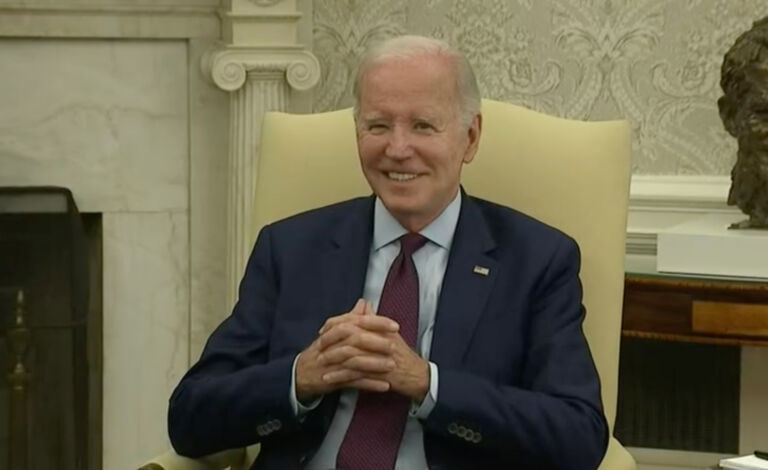David Zimmermann writes for National Review Online about an interesting assessment of government missteps during the COVID-19 pandemic.
Poor communication and a refusal to adapt to evolving scientific evidence led to unnecessary school closures and the restriction of outdoor activity during the Covid outbreak, contributing to the “pandemic chaos” that plagued the country for more than two years, a scathing report published Monday revealed.
The report, “Pandemic lessons for the 2024 presidential election,” was published in the British Medical Journal and draws on a breadth of scientific studies to assess the policy failures that led to significantly higher death rates in the U.S. than in other developed countries.
“During the devastating global covid-19 pandemic, one nation stood out: the United States saw ‘eye wateringly high’ death rates compared with its peer nations. The 1.16 million Americans killed by covid-19 represent 16% of global deaths in a nation with 4% of the world’s population,” wrote the authors, Duke University professor Gavin Yamey and Drexel University professor Ana Roux.
Roux and Yamey blame poor communication at the federal level, as well as structural factors inherent to the American system of government, for many of the policy failures, and specifically call out “overreach” at the state level for compounding the hardship of the pandemic.
“The absence of timely evidence and delayed or incomplete communication of what was known also led to overreach, which itself had harmful consequences,” Roux and Yamey write. “For example, even after studies had shown that fomite transmission was rare and transmission outdoors was much less common than indoors, some municipalities and states kept parks, playgrounds, and beaches closed. Even after research had shown that schools could be reopened safely with basic public health measures, too many jurisdictions kept teaching online only.”
Many blue states kept schools closed for months after data from other countries demonstrated conclusively that schools were not effective vectors for transmission, given the natural resistance of children to the virus.


